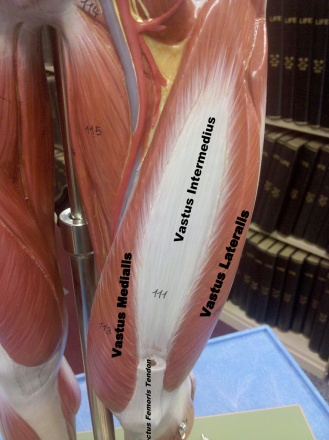The Muscles Group_Part 3
This is a continuation of the conversation lesson on the different muscle groups.
Your abdominal muscles are a set of strong bands of muscles lining the walls of your abdomen (trunk of your body). They’re located toward the front of your body, between your ribs and your pelvis.
There are five main muscles in the abdomen:
- External obliques.
- Internal obliques.
- Pyramidalis.
- Rectus abdominis.
- Transversus abdominis.
What are the functions of your abdominal muscles?
Your abdominal muscles have several important jobs:
- Help with essential bodily functions, including urinating, defecating, coughing, sneezing, and vomiting. They help also increase intra-abdominal pressure facilitating childbirth.
- Hold your internal organs in place and protect them (including your stomach, intestines, pancreas, liver, and gallbladder).
- Maintain consistent internal pressure in the abdomen.
- Maintain posture and provide core support.
- Support your spine and body during sitting, standing, bending over, twisting, exercising, and singing.
Back Muscles
Soft tissues around the spine also play a key role in the health of the back. A large, complex group of muscles work together to support the trunk and hold the body upright. They also allow the trunk to move, twist and bend in multiple directions.
Three types of back muscles that help spinal function are the:
- Extensor muscles. Attached to the back of the spine, these muscles allow us to stand and lift objects. They include the large muscles in the lower back (erector spinae), which help hold up the spine, and gluteal muscles.
- Flexor muscles. Attached to the front of the spine, these muscles include the abdominal muscles. They allow us to flex, bend forward, lift and arch the lower back. When the abdominal muscles are weak, the muscles that allow us to bend at the hip get tighter, increasing the curve of the lower back.
- Oblique muscles. These are attached to the sides of the spine. They help us rotate the spine and maintain proper posture.
The gluteal muscles also referred to as glutes or buttock muscles, are a muscle group consisting of the gluteus maximus, gluteus medius, gluteus minimus, and tensor fasciae latae muscles. They are found in the gluteal, or buttock region, overlying the posterior aspect of the pelvic girdle and the proximal part of the femur.
In terms of function, the gluteal muscles act on the hip joint, mainly to facilitate abduction and extension of the thigh but some also assist in the adduction, external rotation, and internal rotation of the thigh. Thus, the gluteal muscles are important for a variety of activities including walking, standing on one leg, and walking up the stairs.
Quad Muscles
The quadriceps femoris muscle, commonly known as the quad muscle, is the strongest muscle in the human body. It is located in the anterior compartment of the thigh, together with the sartorius.
The quadriceps femoris muscle translates to “four-headed muscle” from Latin. It bears this name because it consists of four individual muscles; rectus femoris, vastus medialis, vastus lateralis, and vastus intermedius. Out of all four muscles, only the rectus femoris crosses both the hip and knee joints. The others cross only the knee joint. These muscles differ in their origin but share a common quadriceps femoris tendon that inserts into the patella. The function of the quadriceps femoris muscle is to extend the leg at the knee joint and flex the thigh at the hip joint.
The quadriceps all work to extend (straighten) the knee. The rectus femoris also flexes the hip, The vastus medialis adducts the thigh and also extends and externally rotates the thigh and stabilizes the kneecap
- The quadriceps are primarily active in kicking, jumping, cycling, and running.[4] eg sports like basketball that require jumps.
- In everyday life, they help you get up from a chair, walk, climb stairs, and squat.
- They are used in walking and running at the onset of a stride and get used significantly when going downhill.
Resources:

:watermark(/images/watermark_only_sm.png,0,0,0):watermark(/images/logo_url_sm.png,-10,-10,0):format(jpeg)/images/anatomy_term/gluteal-muscles/uQ3OVSagSNW4L1uTDs7A_Gluteal_muscles.png)


Comments
Post a Comment